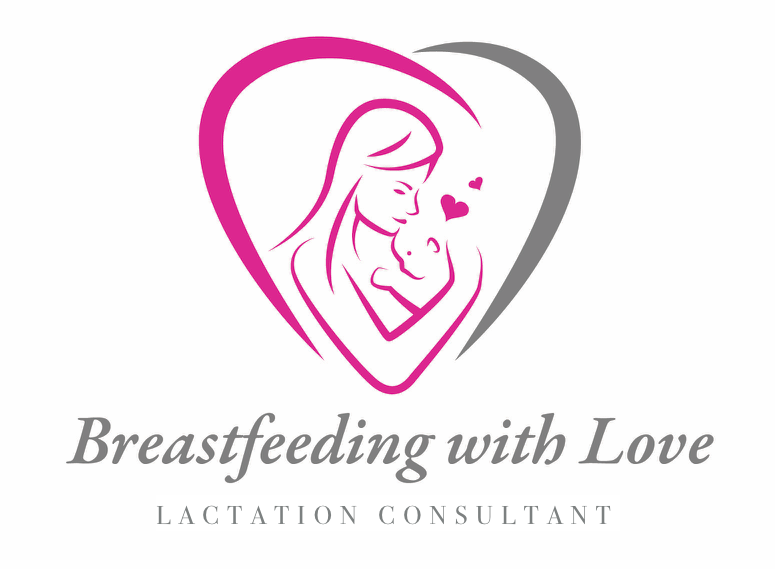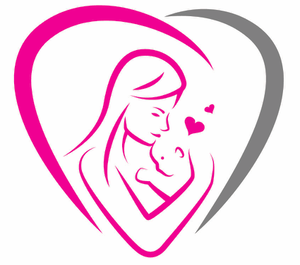Breastfeeding Positions
" I had such problems finding the right position to breastfeed. The best thing about Betty Greenman is that she comes to your home and she found the perfect chair and position for me. She also figured out what pillow to us for breastfeeding my baby. I am so glad I had a consult with her. It is worth the money." Mary Beth R.
"When Betty Greenman came over, we used the cradle hold as well as the football hole and realized my baby liked the cradle hole better. Ms. Greenman helped me figure out what hold was best for me and my baby. I am glad I had her come to my home." Linda B.
There are various kinds of positions to hold your baby or babies while breastfeeding. I go over these positions and find the one that works just right for you and your baby when I come to your home.
It's All About The Latch
No matter how much you read or prepare yourself for breastfeeding it is different when you actually put your baby to your breast. It will take time for you and your baby time to adjust to this new experience. So, be patient and you will become an expert at breastfeeding. In fact, correct positioning and technique prevent nipple soreness. There are several positions to use for breastfeeding. Position yourself so that you are comfortable and you have support for your back. If needed, use pillows for your back and a footrest for your feet. Perfect positioning and latching on is the key to a successful breastfeeding session so your breasts will feel good during lactation. The first step is to place the baby's skin to skin near your body. His hips should be flexed so the baby does not have to turn his head to reach your breast. The baby’s mouth and nose should be facing your nipple. The baby should open its mouth up wide. Next, position the baby’s head so its chin touches your breast under your areola, where the baby’s head has to be tipped back a bit. The baby goes onto the breast chin first. After this, push the baby’s shoulder and bring the baby onto the breast. Do not touch the baby’s head. You should watch the swallowing and make sure that the baby is well-positioned. At this point, the baby should be latched on well. The baby’s mouth should open wide, like a yawn, as it latches on.
Cradle Position - This position is the most common. The baby's head is resting on the inside bend of the elbow and forearm and then is fed where the babi’s head is resting. As the baby opens wide, let the chin come in first so the lower jaw is as far back on the breast as possible. Once the baby is latched onto the breast, keep the baby close to your body so the baby’s chin is pressed to your breast. The sucking of the baby should feel good on your breast.
Cross Cradle - The mother should support the babi’s head and body with the opposite hand and arm. Use pillows to lift your baby and support your elbows to bring the baby up to the nipple height. Support your breast with either a “U” hold or a “C” hold. Keep your fingers and thumb from the nipple so you won’t get in the way of the baby’s latch-on.
Football - Position the baby’s side and arm to your side of your body. A pillow underneath may be helpful.
Sidelying Position - Lying on your side next to you facing your breast is the way you hold the baby in this position for breastfeeding. This position will help you get more rest in the beginning.

